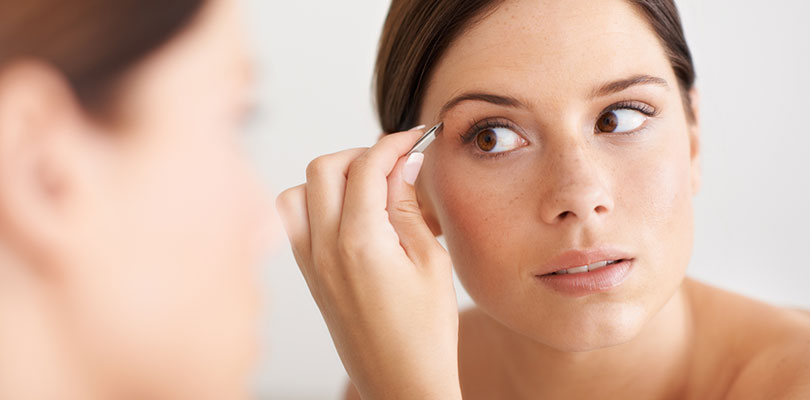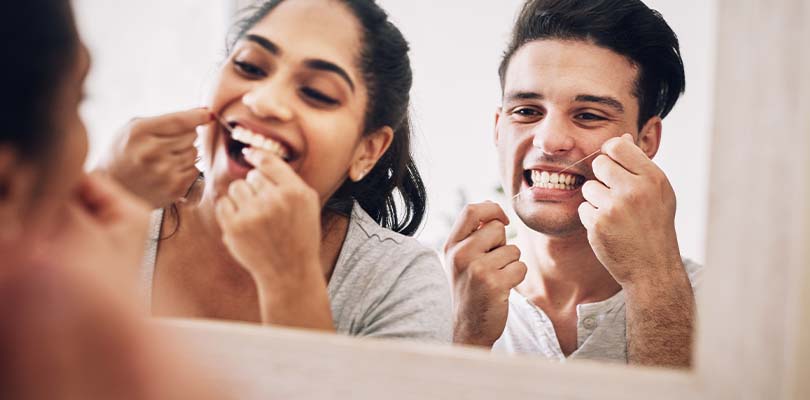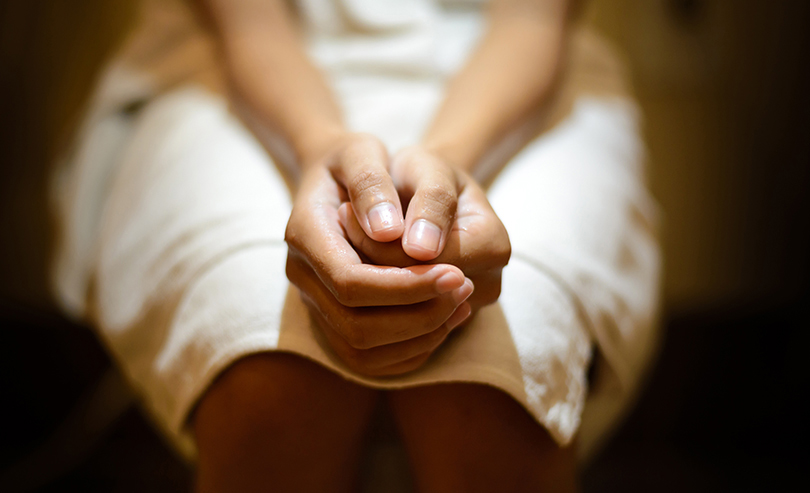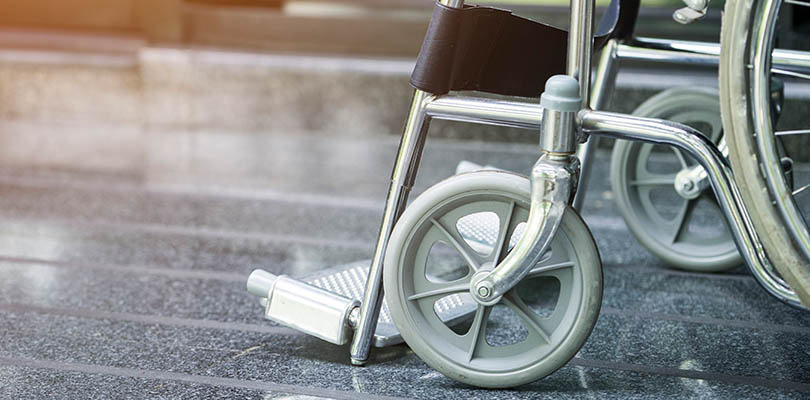Photo Credit: PeopleImages / iStockPhoto.com
Why Do We Have Eyebrows?
Eyebrows are frustrating — pluck one brow a little too much and then the other brow must match. Recently, we’ve been sporting a thicker brow, thanks to celebrities who have popularized the trend. However, this comes at a cost; in 2015, we spent $164 million on eyebrow makeup worldwide.
We spend so much time and money making sure our eyebrows look just right that we probably don’t give a lot of thought to the fact that our eyebrows serve a purpose — besides making us look beautiful, of course!
Expression
Our eyebrows are one of the most expressive parts of our face. When we convey happiness, sadness, anger, we use our eyebrows to communicate those emotions.
In fact, for people who require sign language for communication, eyebrows are essential — the eyebrows are often contorted when using hand signals.
Emotion Perception
Equally important as expressing our emotions is our ability to use our eyebrows to perceive others’ emotions.
Suffering from nasal congestion can be uncomfortable. Thankfully, using a nasal decongestant can help provide instant relief.
In social situations, our eyebrows mimic the people we interact with. For example, if our best friend is telling us a story about something crazy that happened on their way to work, we may lift our eyebrows in disbelief, in response to the story.
When the muscles in the eyebrows are unable to respond to emotion, such as with the use of Botox, the ability to recognize emotion may actually be impaired. There is likely a feedback system from the eyebrows to the brain — and this is what is impaired with the use of Botox.
Facial Identification
According to research performed by MIT, eyebrows are necessary in order to identify each other.
The study used famous faces, such as Winona Ryder and Richard Nixon. The faces were digitally altered; participants could recognize the faces without eyes about 50 percent of the time but without eyebrows only 46 percent of the time.
In addition, eyebrows help others identify gender and age. For example, the thick, bushy brows of an elderly man are not the same brows as a young boy. Women, even without altering their brows, tend to have thinner, more highly arched brows than men.
Vision
Eyebrows are also thought to help us see. Their unique arched shape helps to keep rain, sweat, and snow out of our eyes, diverting the elements to the side of our faces.
They also shield the eyes from debris and protect our eyes from the sun. This allows our train of vision to stay clear.
At one point in time, our bodies may have been covered in a lot more hair than it is now. We have evolved and lost most of the body hair, but have not lost the hair on our brows because of their purpose in protecting our vision.
Personality
A book published by Mac Fuller, J.D., Amazing Face Reading, states that the type of eyebrows we have says a lot about who we are as a person. For example, angled eyebrows signify someone who likes to be right, whereas a curved brow signifies someone who is people-oriented.
People with curved brows need real-life examples to solve problems. Straight browed people are black and white – they are logical and like to have the facts.







